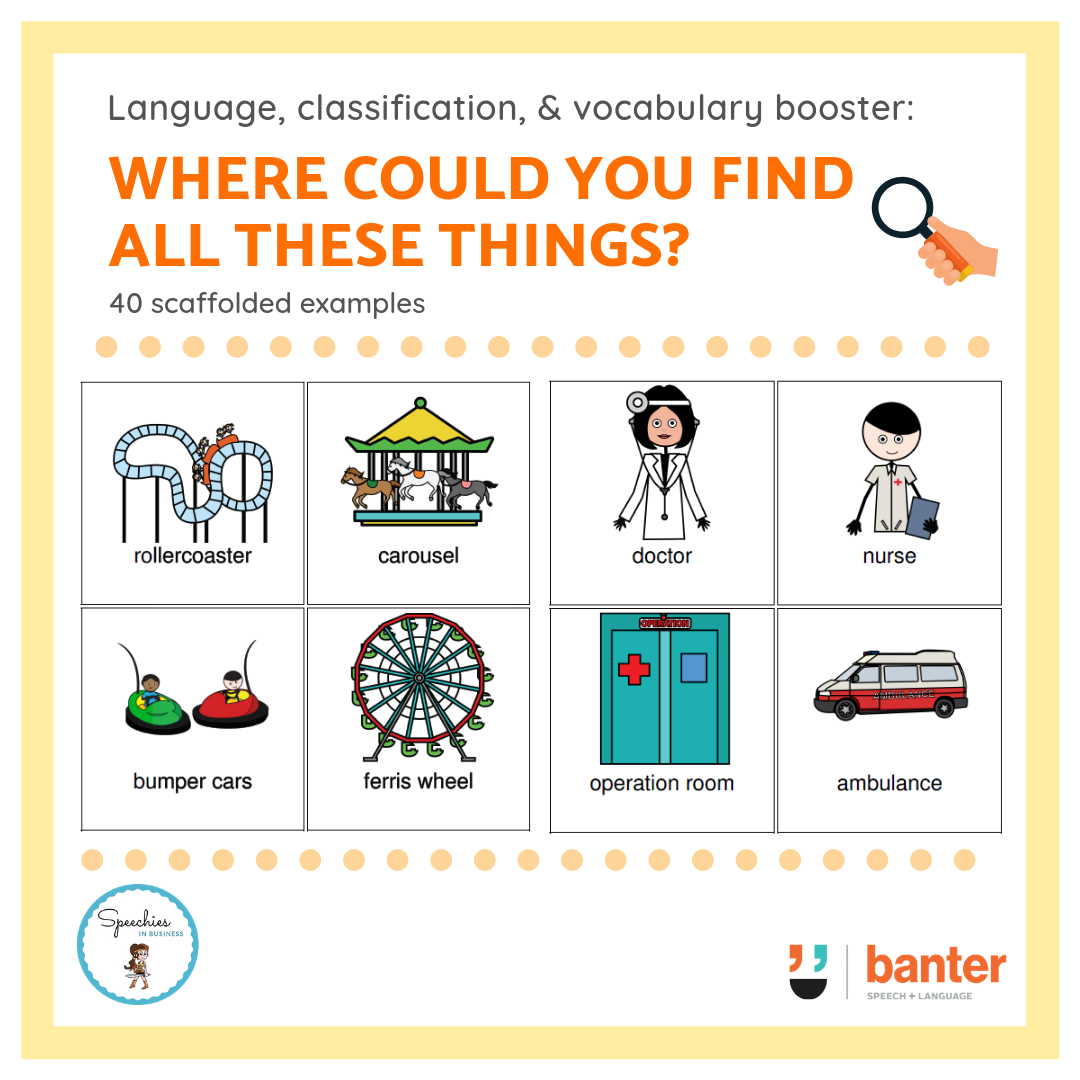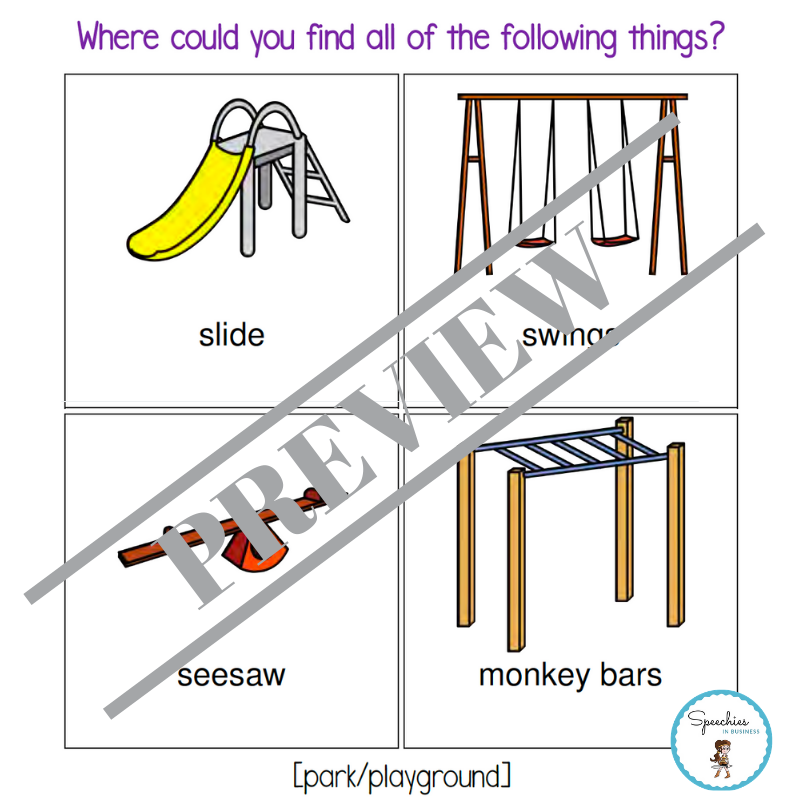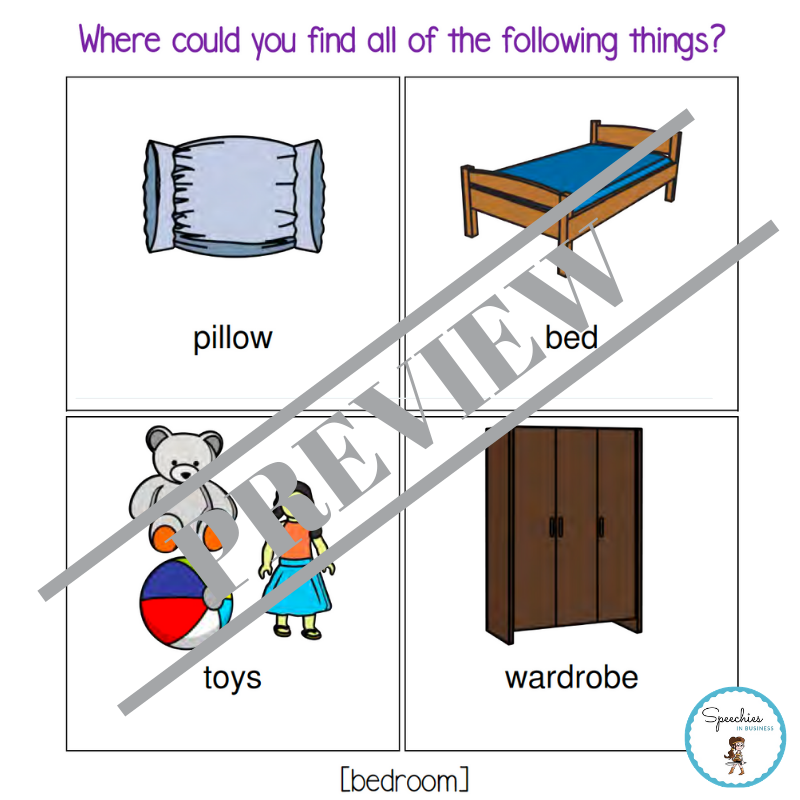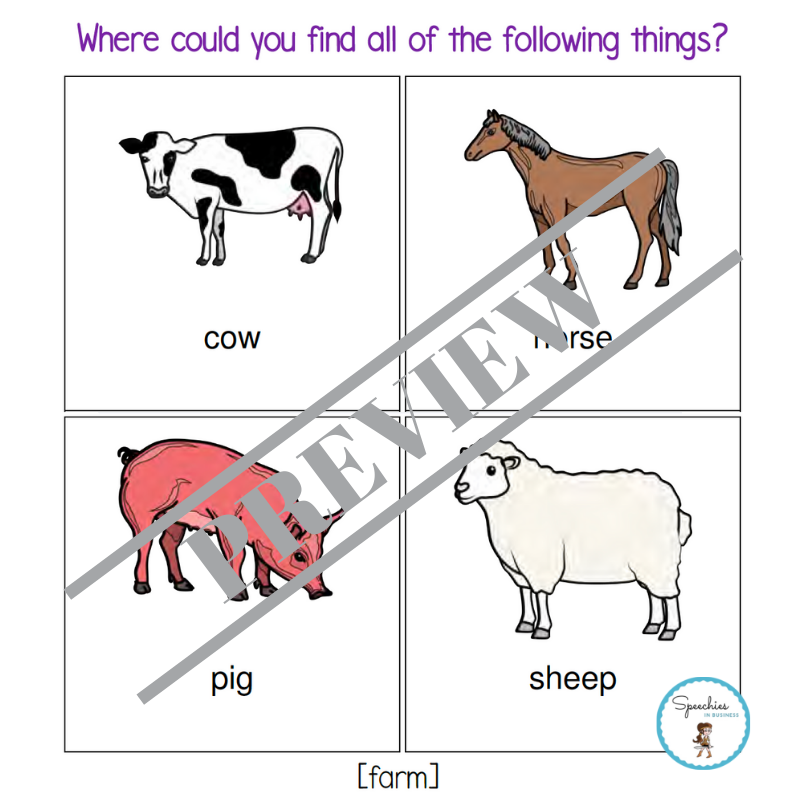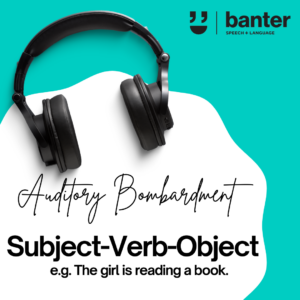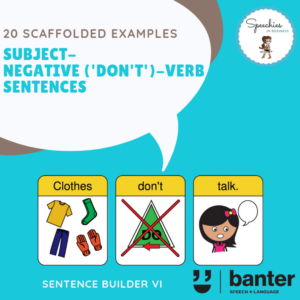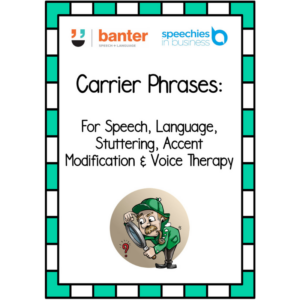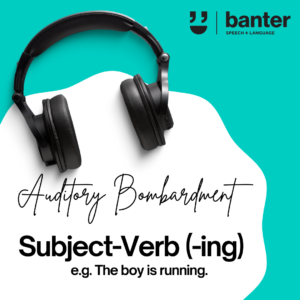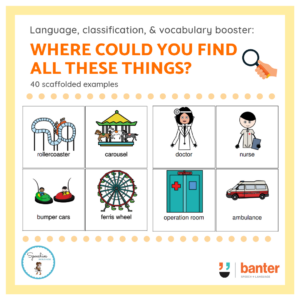(L208) Blanks 2: Where could you find all these things?
$5.99 including GST
In this 47-page no-prep pack, we target a Blank’s Level 2 comprehension task. Specifically, we ask students to think about the where we find semantically linked groups of people, animals and common objects. This stimulates students to increase their understanding of locations; as well as their understanding of the question word “where”. It can also help children to classify things and to build their semantic knowledge by reference to location.
Description
Some researchers think that up to 15% of young school kids don’t have the language comprehension skills to cope fully with the demands of school (Hart & Fielding-Barnsley, 2009). Many of these kids struggle – some for their whole lives. For most kids, school and home life plays a big role in helping to understand and use language (Morgan & Goldstein, 2004; Nation, 2005). So what can we do to improve students’ understanding of language?
Well, it helps to have a plan. And good plans are based on tried and tested frameworks. For language comprehension, one of the most influential frameworks was developed by Dr Marion Blank, a developmental psychologist. Dr Blank proposed four levels of abstraction, from least to most abstract:
Level 1: Directly supplied information (Matching perception)
Level 2: Classification
Level 3: Reorganisation
Level 4: Abstraction and Inferences
Many kids start school with an ability to complete Level 1 and 2 tasks. But some don’t; and many students with limited language skills really struggle with locations – sorting objects by where you would find them, which can hamper oral language development and reading comprehension skills.
In this 47-page no-prep pack, we target a Blank’s Level 2 comprehension task. Specifically, we ask students to think about the where we find semantically linked groups of people, animals and common objects. This stimulates students to increase their understanding of locations; as well as their understanding of the question word “where”. It can also help children to classify things and to build their semantic knowledge by reference to location.
To control for different student backgrounds, we have (where possible) chosen targets from Basic English core vocabulary. To make the exercise more challenging, ask the student to name each of the people, animals, plants or things you would find in the location.

